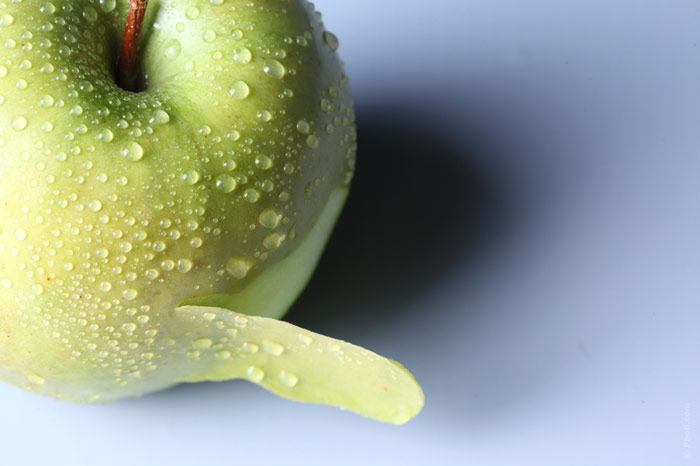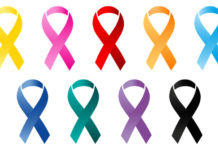
You don’t want to eat fruits and vegetables full of toxins, do you? We don’t want them either! We would like to share with you a short list from Shopper’s Guide to Pesticides.
The goal is to shed some more light on our food and help us understand when to spend a little more money and buy organic products. It is the fourth time apples appear on top of the toxic products list. By the way, the chemical substance they are often covered with is banned in Europe.
If your family budget allows it, we recommend that you buy organic products more often. Well, if this is not possible yet, this article will at least help you make correct (and healthier) choice. After all, fruits and vegetables are always good for you, even if they are covered with pesticides. However, one would not like to see such fruits on the table.
Some excerpts from the report:
- One sample of grapes contained 15 pesticides.
- A medium-sized potato has more pesticides by weight than any other product.
- Some samples of celery, “cherry” tomatoes, mangetout peas, and strawberries contain 13 different pesticides.
Fruits and vegetables that are proved to contain the most pesticides (the “dirty dozen” and some more items):
- apples
- strawberry
- grapes
- celery
- peaches
- spinach
- sweet pepper
- nectarines
- cucumbers
- “cherry” tomatoes
- mangetout peas
- potatoes
- hot peppers
- salad / kale
Fruits and vegetables which contain the least pesticides (“the clean fifteen”) include:
- avocado
- sweet corn
- pineapples
- ordinary cabbage
- sugar peas (frozen)
- onions
- asparagus
- mango
- papaya
- kiwi
- eggplant
- grapefruit
- cantaloupe
- cauliflower
- sweet potatoes







